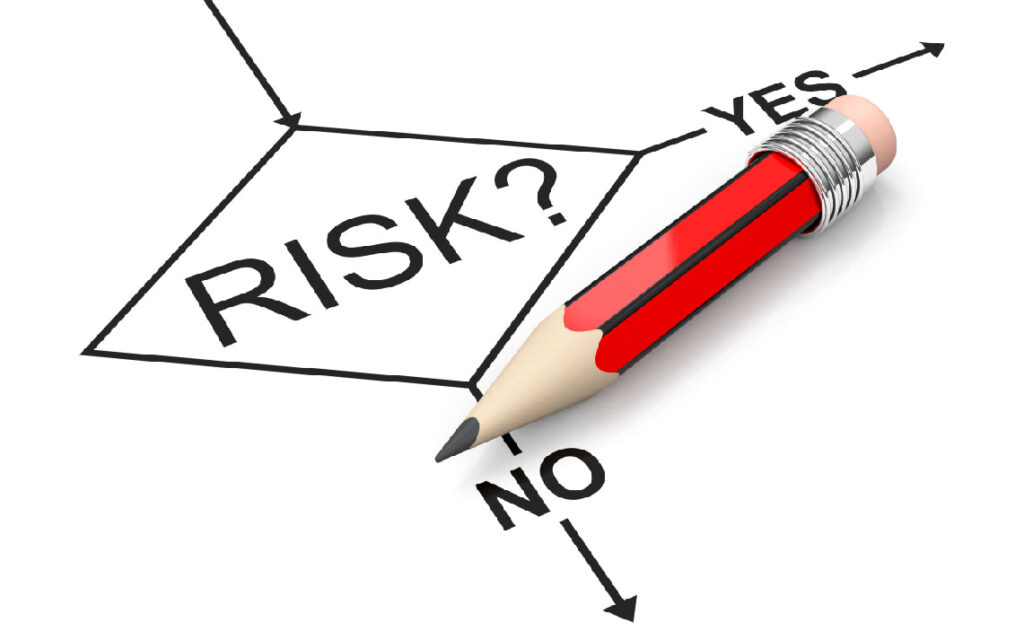
When you are a professional or an amateur in stocks, we are all prone to the possibility of losing money in the market. This is called risk and it exists because none of us can foretell the future with certainty.
However, it can be managed so as to minimise erosiom of precious capital. Since we cannot tell the future, managing risk while trading is definitely no easy task. There are so many factors affecting the stock and so many thoughts and emotions affecting a trader.
In spite of this, it is important to find a way to manage and minimise risks because it is as important as finding profitable trade set-ups.
1. Avoid Speculation
In trading, we are constantly trying to predict future price movement. Some of us take this too far and try to make other types of predictions,
such as expected news or pending results of some research by a company.
For example, if you trade because you are expecting a company to have great earnings, you are exposing yourself to two types of risks: The risk
of the company reporting bad earnings and the market’s reaction to the earnings. Rather than speculating, you could focus on reacting to current price movement and take action accordingly.
2. Have an Exit Plan
Any trade comprises two actions: An entry and an exit. Most traders stare at stock charts all day planning an entry yet few put that same energy
into planning an exit. As traders, it is important to have both an entry and exit plan before entering a trade. Your exit plan should answer the
following questions:
Where will I exit if the trade goes according to my expectations?
Where will I exit if the trade goes against my expectations?
If you know the answer to both of those questions, the trade will get smoother. You eliminate some of the stress of managing the trade by protecting yourself from indecisiveness.
For example, if you enter a trade at Sh5 per share and plan to stop out at Sh4 per share, you know you have a potential risk of Sh1 per share. If you buy 100 shares, you are risking Sh100. Of course, you need to make sure your exit plan is well formulated. However, you may decide to exit a trade at a known support or resistance level or when a stock price breaks above or below a price indicator such as a moving average.
3. Ease Into Trades
As you become more experienced in trading stocks, you have the option to ease into trades, meaning you have multiple entries as opposed to one entry point and one exit point.
If you always enter a trade with full size, you could find yourself placing reactive trades (i.e. entering a position after a stock breaks out). If you ease into positions, you can place anticipatory trades (i.e. preparing for a breakout).
4. Take Profits Off The Table
The concept of easing into trades can be applied to your exits as well. You don’t need to liquidate your entire position at once. If you enter a trade and it immediately goes in your favour, you may want to sell some shares to lock in some profits. It is always better to regret taking profits
early than it is to regret turning a winner into a loser
5. Avoid Random Trades
Many times, when a stock is experiencing abnormal price activity, traders want to guess which way it is going to go next. You are better off waiting for the stock to form a trend so you can be on the right side of the trade.
Practising these risk management strategies may just be what you need to succeed in stocks.
Kenyan Business Feed is the top Kenyan Business Blog. We share news from Kenya and across the region. To contact us with any alert, please email us to [email protected]











